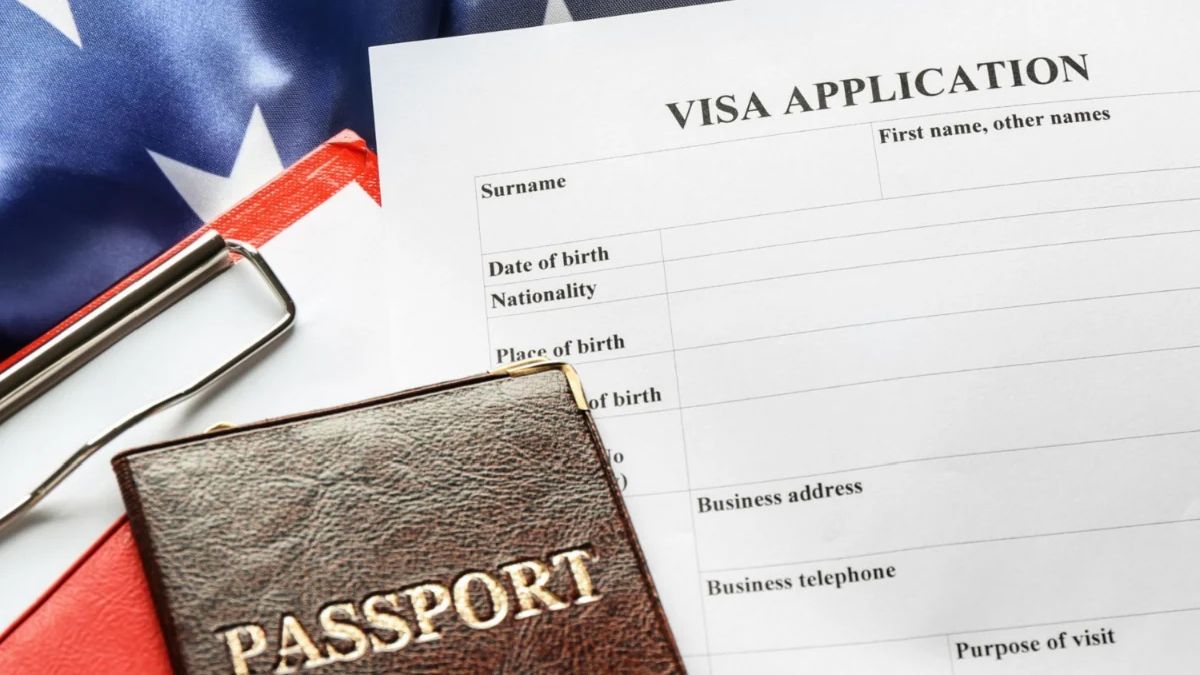US President Donald Trump’s announcement that America would be imposing a $100,000 fee (Rs 88 lakh) on new H-1B visa applications left many shocked.
Big tech firms such as Microsoft, Apple, Amazon and Meta were left scrambling, with many companies advising their employees to return to America immediately.
The White House later announced that the fee must be paid by new applicants only. This came after confusion reigned in the aftermath of the announcement by Howard Lutnick, which left many thinking this was a yearly fee and that those holding H-1B visas would be charged $100,000 (Rs 88 lakh) to re-enter the country.
US officials also tried to tamp down on the panic, saying H-1B holders “don’t need to rush back before Sunday or pay the $100,000 fee”. However, some are now wondering if the L-1 visa will become the new H-1B visa for tech giants.
Google, Microsoft, Amazon and other US big tech firms have been sourcing foreign workers through L-1 visas for years now . Over the past three years, big tech firms have been hiring at IITs for India-based roles first, and then taking the best and brightest to the United States.
But what do we know about the L-1 visa? What are its requirements? How does it compare to the H-1B visa?
L-1 visa and requirements
The L-1 is another non-immigrant visa. It allows multinational firms to temporarily transfer an employee from another country to the United States – thus making it an intracompany transfer visa.
There are two types of L-1 visas:
L-1A visa for managers and executives transferring to the United States or going there to set up an office
L-1B visa for specialised employees, who have essential specialist skills or knowledge.
However, to apply for this visa both the company and the employee must meet certain specific requirements. First, the employee must have worked for the company for at least one year continuously within a three-year period before filing the application. In both instances, the employer must file Form I-129 on behalf of the employee and pay the accompanying fees. Any time spent working in the United States will not count towards the 12-month period.
Under the L-1A visa, the person must also be going to the US to work as a manager or executive . The L-1A visa allows employees to stay in the US for up to seven years. The US office must be a subsidiary, branch, affiliate, or parent company of the foreign employer.
The organisation can be a corporation, charity, a non-profit or a religious group. The employer must be doing business in a foreign country as well as in the US. Simply having an office does not qualify one to apply for an L-1 visa.
Under the L-1B visa, specialised knowledge refers to advanced knowledge or expertise in the company’s products, processes, technology, or other areas. The L-1B visa allows employees to stay in the US for up to five years.
Advantages and disadvantages
However, in both instances, the employee’s duration of stay could be reduced if they have previously worked in the US under the H visa. Unlike the H-1B, which is capped at 85,000 visas per year, there is no cap on the number of visas that can be issued in this category. Also, unlike the H-1B, the worker does not need to meet a certain educational requirement to qualify.
L-1 visa holders can also become eligible to apply for the Green Card – permanent residency in the United States. Employers in this category can also submit one application for multiple employees. The L-1 visa also allows spouses to apply to work in the United States.
However, this visa category is far more closely scrutinised than its counterparts . Those assessing the visa require precise and detailed reasons as to why a worker in the US cannot do the same job, and why the individual applying has been assigned the task. The L-1 visa can take anywhere between four to six months to be approved, or even longer.
For the employee, there are some downsides too. For example, you cannot change employers under the L-1 visa if you want to remain in America. The ‘specialised knowledge’ may also be difficult to prove.
While the L-1 costs less than a tenth of an H-1B at just $7,000 ( Rs 6.17 lakh) on average, the accompanying legal and compliance costs could take that number as high as $70,000 (Rs 61.74 lakh) over the entire period. After that, the company and employee will have to either apply for a change of status or leave.
What do experts say?
Experts are also wondering if the White House will target the L-1 visa next.
“Historically, whenever H-1B fees were increased, the L-1 was also targeted, particularly because both categories are heavily used by global IT and outsourcing firms,” Ankit Mehra, CEO of GyanDhan, told Economic Times. “Scrutiny of L-1 visas has already been stringent, especially for specialised-knowledge petitions, where the definition is applied very narrowly. If more companies start shifting to L-1 as a workaround to rising H-1B costs, we expect US authorities to tighten their review further. That could mean more paperwork, higher rejection rates, and greater compliance checks.”
Some say this is a self-inflicted wound by the Trump administration.
Ankita Singh, founder of Sarvaank Associates, added, “Far from protecting American jobs, this move looks like a self-inflicted wound on US innovation. It risks choking the flow of essential talent to startups, driving companies to move jobs offshore, and handing countries like India an unexpected blessing in disguise.”
With inputs from agencies
)